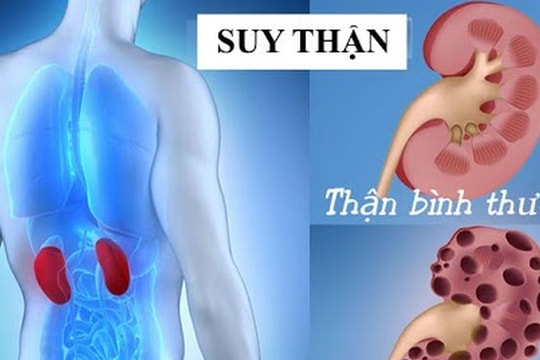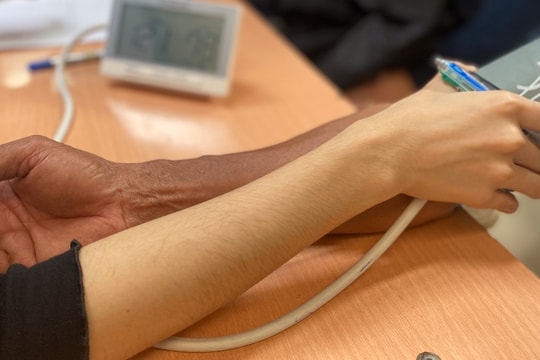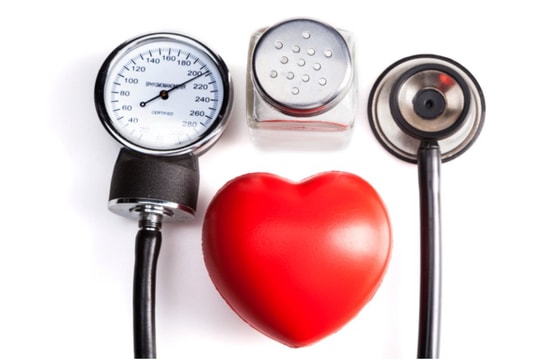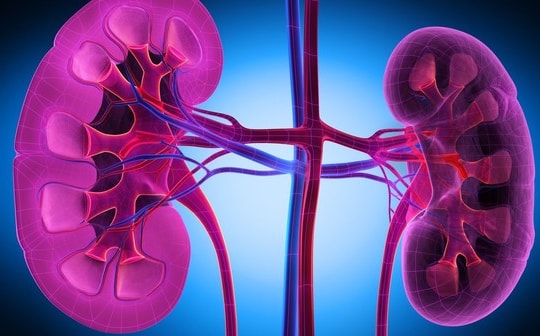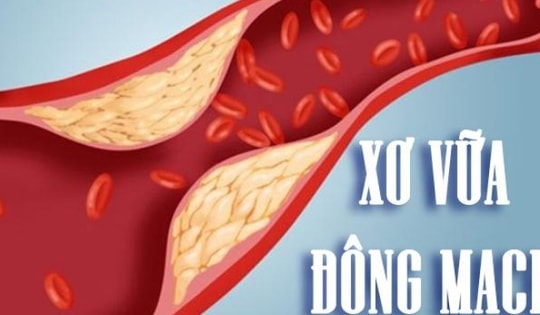Simple ways to save a stroke victim at home
Cerebrovascular accident (stroke) can be recognized by warning signs. If first aid is given properly, the patient can reduce complications and the risk of death.
3 signs of stroke
Associate Professor, Dr. Mai Duy Ton, Head of Emergency Department 1, Bach Mai Hospital, said that stroke is a disease that causes patients to die very quickly, if not, it will also leave very serious sequelae, often found in people with high blood pressure and diabetes.
In winter, the number of stroke patients increases by 10-15% compared to normal days. However, most of the patients coming to the emergency room do not receive first aid, first aid is not given properly and are admitted late, making the patient's condition worse. Many cases of cardiac arrest occur before reaching the hospital.
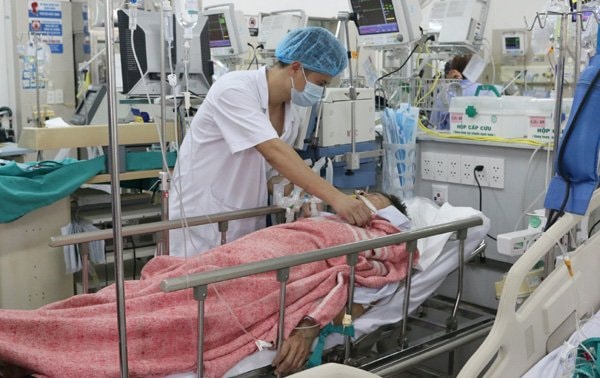 |
| A male patient is being treated at Bach Mai Hospital due to a stroke. |
According to Associate Professor Ton, the golden time to bring stroke patients to specialized medical facilities is the first 4.5-6 hours. At that time, doctors at large hospitals will use thrombolysis to treat and avoid sequelae.
"However, due to lack of knowledge, many families let patients stay at home and give them drugs of unknown origin, using incorrect word-of-mouth methods, and then wait half a day or several days before taking them to the emergency room, missing the optimal opportunity for treatment," Associate Professor Ton shared.
Therefore, early recognition of stroke signs and proper first aid will help patients increase recovery rates and reduce mortality. In particular, pay attention to 3 signs.
First, the patient suddenly becomes comatose, has numbness in the limbs, loses consciousness, loses balance, and has a severe headache. Second, the patient suddenly has difficulty speaking or is unable to speak, and has a crooked mouth. Third, the patient suddenly loses or reduces vision in one of the two eyes.
"If the patient has the above 3 warning signs, there is a 90% chance it is a stroke," Associate Professor Ton emphasized.
While waiting for the 115 ambulance, as soon as possible, place the patient on his side with his head elevated 30-45 degrees and wear loose clothing.
If the patient has cardiac arrest, CPR is needed and people around need help.
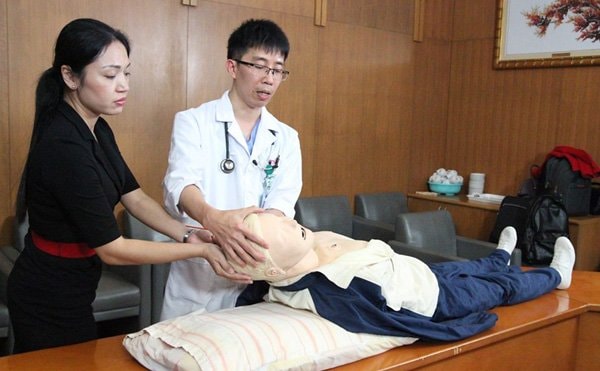 |
| Place the patient on his side, turning him to one side to avoid choking. |
In case the patient vomits, turn the patient to one side to avoid phlegm and saliva from entering the nose and lungs.
If the patient has a seizure, immediately use a chopstick wrapped in a cloth and place it across the patient's mouth to avoid biting the tongue.
In particular, while waiting for 115, family members should not give the patient anything to eat or drink because of the high risk of choking, causing airway obstruction.
Stroke tends to be younger
According to statistics from the Vietnam Stroke Prevention Association, each year our country has about 200,000 new strokes, about 50% of which die, about 30% may be paralyzed. The more recurrences, the higher the mortality rate.
This is the third most common cause of death after heart disease and cancer and the leading cause of disability.
Normally, strokes often occur in people aged 50 and over. However, Associate Professor Ton said that this disease is tending to be younger, in which the number of men is many times higher than that of women.
According to statistics from the Vietnam Heart Association, 1 in 4 people aged 25-49 have high blood pressure - one of the main causes of stroke in young people.
Second, many young people today can have a stroke due to vascular abnormalities such as arteriovenous malformations, cavernous tumors, cerebral aneurysms... When the stress is too much or prolonged over time, it will bulge, causing a stroke.
Therefore, early prevention is the most effective method to prevent stroke.
Associate Professor Ton recommends that everyone should quit smoking, limit alcohol, and increase exercise. In particular, people who are obese, have high blood pressure, or diabetes need to pay attention to their weight and blood pressure regularly to make appropriate adjustments and have regular health check-ups.
When going out in the cold, to avoid a sudden increase in blood pressure, you need to keep your body warm. You must monitor your blood pressure closely every day. If left untreated, it will cause a sudden increase in blood pressure, causing blood vessels to rupture and sudden death.
In addition, you need to change your lifestyle, avoid insomnia and stress. Maintain a diet low in fat and sugar, avoid foods high in salt, eat lots of vegetables, tubers, fruits, and exercise regularly 30-60 minutes a day, 4-5 times a week.
According to VNN
| RELATED NEWS |
|---|

